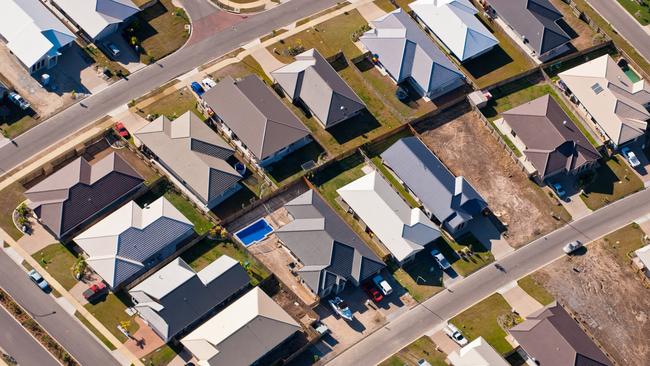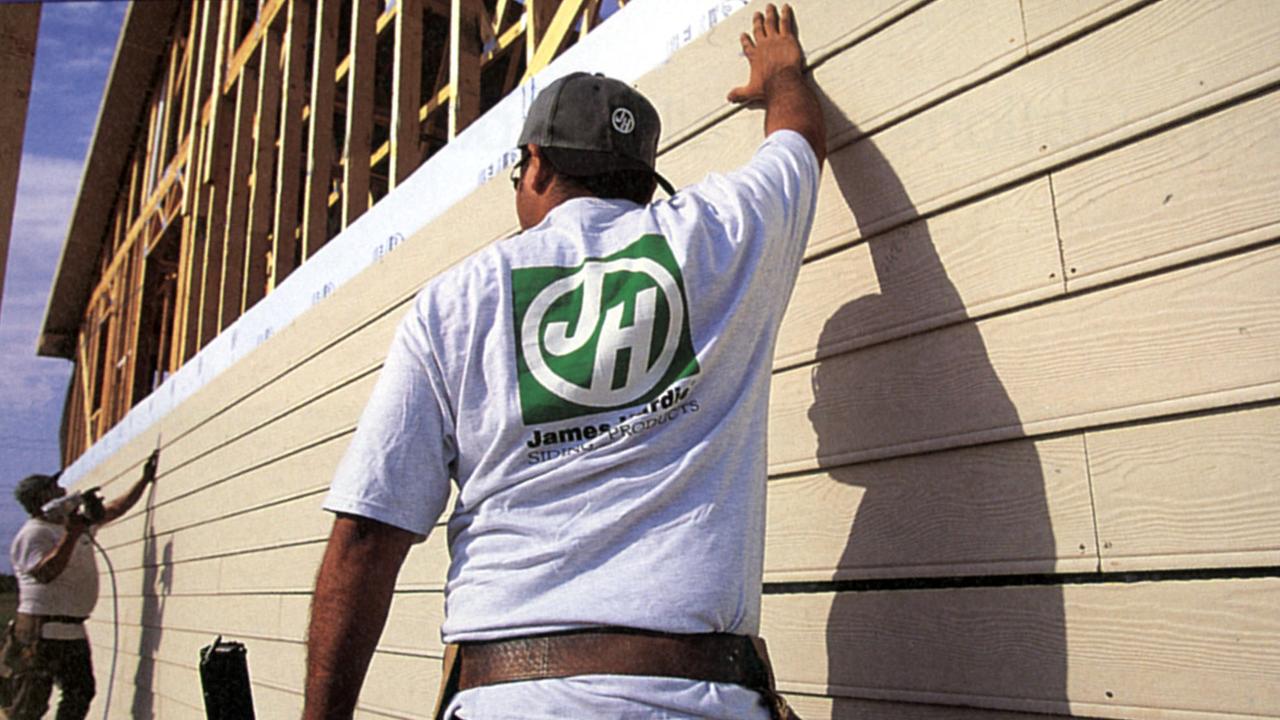$60bn worth of loans on pause: APRA
Loan deferrals across the nation ticked down in November as the economic recovery from the coronavirus pandemic gathered pace.

Loan deferrals across the nation ticked down in November as the economic recovery from the coronavirus pandemic gathered pace, with $60bn worth of loans on pause at the end of the month, according to new figures from the prudential regulator.
The value of loan deferrals sits at 2.3 per cent of the $2.7 trillion in total loans across Australia’s lenders, and is down from a peak of 10 per cent in May and June.
For the first time since the crisis hit in early 2020, housing loans had a higher incidence of deferrals, with 2.8 per cent of housing loans, or $49.5bn, on repayment holidays compared with 2.4 per cent, or $7.6bn, of small and medium-sized business loans, the Australian Prudential Regulation Authority revealed.
Exits from deferrals outweighed new entries for the fifth straight month in November, APRA said, with $32bn in loans expiring or exiting repayment holidays as $7bn entered or extended deferral.
Victoria still has the highest proportion of loans on pause, with 3.2 per cent of loans deferred compared with the rest of the country at 1.7 per cent.
The state was at the epicentre of the second wave of the virus, which took hold from July, and its 820 deaths from the virus account for the vast majority of the total 909 across the nation.
Victoria exited a 112-day lockdown in late October and recorded no new Covid cases for 60 days but its run came to an end late last month when a handful of positive cases were identified.
Of the total housing loan deferrals recorded at the end of November, 10 per cent had a loan-to-value ratio of greater than 90 per cent, while more than a third were for investor loans.
Loan deferrals across the major lenders declined through the month, with NAB seeing the biggest drop as the percentage of its paused loans fell from just under 3 per cent to just over 1 per cent of its total loans. ANZ also saw a drop, from a little over 4 per cent of its total loans to 3 per cent.
Westpac and CBA saw smaller declines, with Westpac’s deferred loans sitting at 3 per cent at the end of November, while CBA’s dipped to just over 2 per cent.
The updated figures from APRA come after fresh data from CoreLogic showed that dwelling values in capital cities rose 2 per cent during 2020, while property prices in regional Australia fared even better with a 7 per cent gain.
Through the year there has been intense debate about the fate of Australia’s housing market, with doomsayers predicting a looming crunch as fiscal support peters out.
In November, CBA chief executive Matt Comyn tipped the return of property investors to the market following the momentum through the year.
“There’s definitely been more resilience and strength in the housing market, and based on what we’re seeing in terms of application volumes, at least at the moment, it continues to be strong,” he told The Australian at the time.
The upswing in housing through the second half of the year had been driven by first-time buyers and owner-occupiers, unlike in 2014 and 2015, when the pace of acceleration was due to investment lending, he said.
“Given the yields that are on offer, there is probably more interest coming back into the housing market. The stabilisation (in pricing) is good for confidence,” Mr Comyn said.
On the housing market outlook for the next year, a lot would depend on the strength of the economy, fiscal stimulus, the unemployment rate and population growth, he said.







To join the conversation, please log in. Don't have an account? Register
Join the conversation, you are commenting as Logout